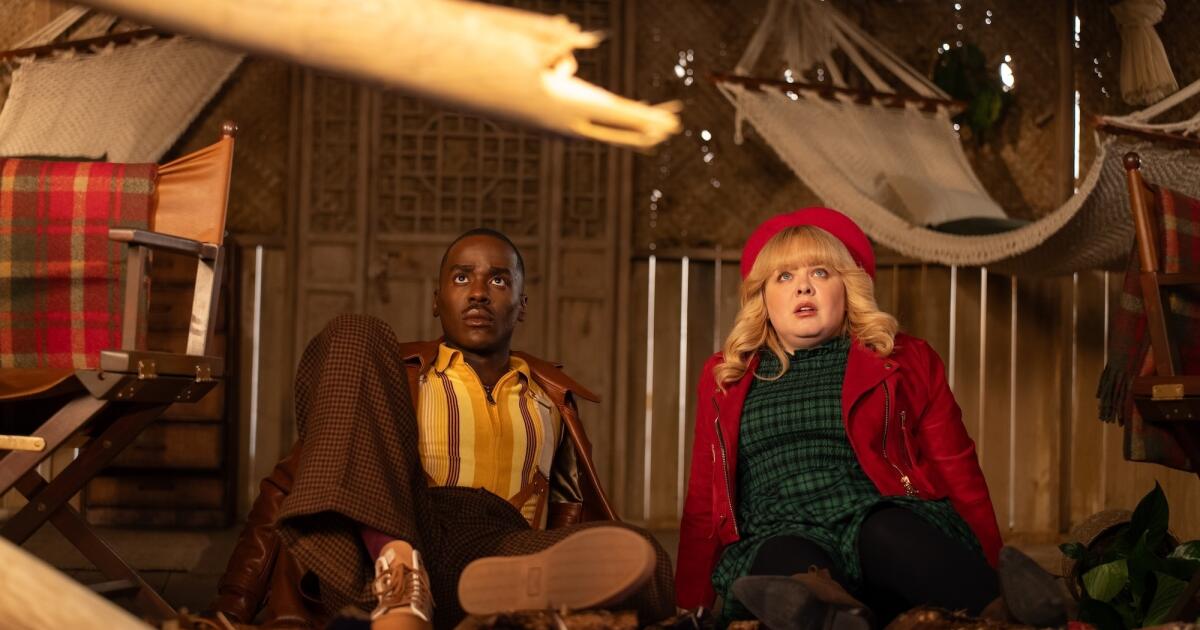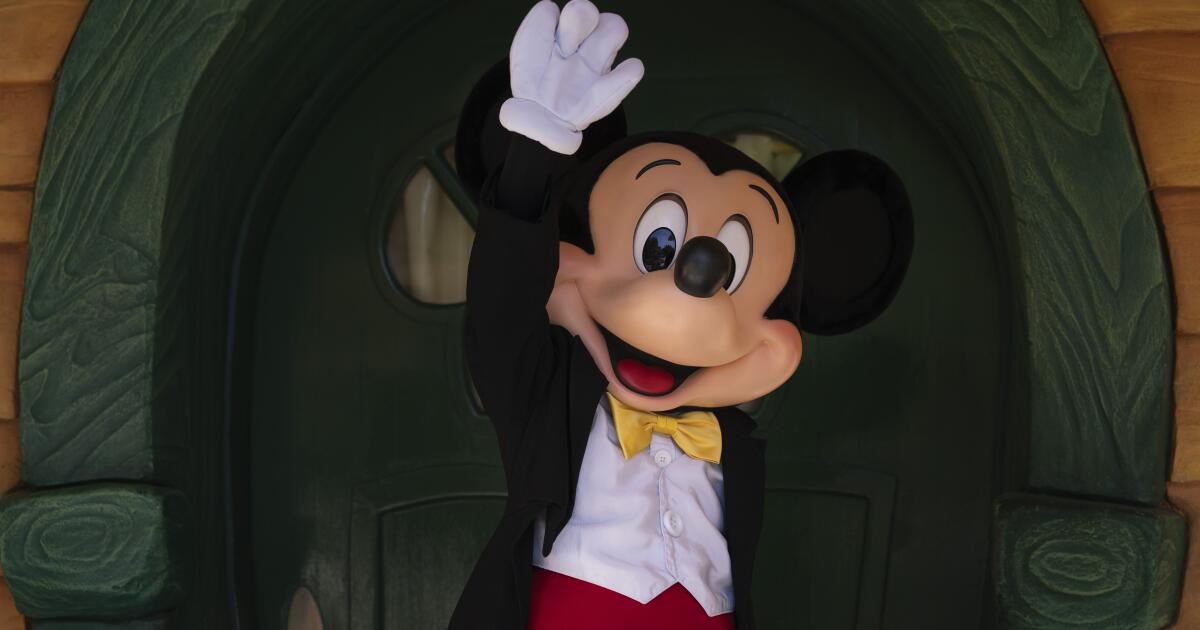Fashion
A New Spot on the Fashion Map: The Fierce Styles Menswear Fashion Show | Arts | The Harvard Crimson

In the West End Museum in Boston, on a rainy Sunday afternoon, Boston’s most fashionable crowd flocked to see Fierce Styles Menswear Fashion show — Boston’s first all-menswear show, as a part of Boston Fashion Week. Organized by Cheryl Jean of RegiJames Production, who also had a clothing line on the runway, the show brought together designers from Boston and the surrounding Northeast with the hopes of making Boston another major city for fashion alongside New York, Paris, London, and Milan. Each show had between nine and 13 looks and models of different races, nationalities, and genders, disrupting how menswear is typically approached.
The show started strong with the avant-garde designer Chance by Chance. Beyond the clothes themselves, accompanying Afrobeats, R&B, and hip-hop music set the stage for the night. The first look on the runway was a black crop-top hoodie embroidered with flowers and paired with red leggings. That was followed up by a pair of jeans with red and pink tassels running down the sides, flowing like a curtain, as well as a black dress with upside-down red skulls that was cut into a checkered pattern at the bottom.
The theme of Chance by Chance’s show was embroidery and acid wash, and the next look featured embroidered jeans with gold and blue designs on the outside and sunflowers and red lilies on the inside. The following three looks varied from black and pink acid-wash hoodies to acid-washed neon blue and green jeans. The penultimate look was a standout from Chance by Chance — a sequined embroidered teal and black blazer with two stained glass portraits of the Virgin Mary stitched to the back, reminiscent of Who Decides War.
The last look was a black zip-up hoodie with a black-and-white picture of a woman’s face. The zip design was the most interesting aspect of the look, as there were two zips on the jacket: The first was a zig-zag jacket that went across the body from the left neck to the right underarm, and the second was a zipper on the back of the coat that scaffolded the back arms and shoulders.
The second show belonged to Viezoe LifeStyle, a Haitian-born Bostonian who started out as a tattoo artist who turned his designs and artistic sensibilities into making and designing clothes. Patterns with his logo were the theme of Viezoe LifeStyle’s show, as each look contained a repetition of that pattern — similar to the Dior Oblique pattern. Starting with the pattern in blue and black on a pair of sweatpants and a duffel bag, the pattern was then replicated onto a button-up collared T-shirt, a puffer trench coat jacket, and several bags and other garments.
After Viezoe LifeStyle’s show, there was an intermission before the next part of the fashion show: Cheryl Jean’s fashion show for her company, Fashion Trend Class. This show was more about styling and upcycled fashion than pure designing, but it still presented creative looks. As the models strutted down the runway, the clothes heavily resembled the growing trend of classy streetwear as Cheryl Jean took traditional garments such as long sleeves, button-ups, ties, skirts, and slacks, and paired them with elt chains, jeans, distressed tank tops, bandanas, leather, and even a bulletproof vest. Although the pieces were upcycled and gathered from multiple sources, they came together to display a beautiful and expressive collection.
The last two acts of the show were situated in the Haute Couture category, with Ty Scott picking up themes of deconstruction and inversion, and Prophet Envoy bridging political messages with famous Black activists and writers featured in his clothing.
Ty Scott is an Indigenous American from a Narragansett reservation in Rhode Island, and his line, Urban Native, is based in New York.
“As a proud member of the LGBTQ+ community, he channels his Native American heritage into designs that celebrate life out loud,” Scott’s designer bio reads. The stated goal of his designs was to fuse his heritage with sustainable urban fashion, and this merger was done magnificently, demonstrating a high command of garment and textile making.
The James Brown song “It’s A Man’s Man’s Man’s World” played throughout the show, repeated or interpolated with different covers of the song while the models were walking — destabilizing how the clothes approached gender. The first few looks featured upcycled Nike sweatsuits and two camo looks. The rest of the looks stole the show, featuring garments that were deconstructed or combined.
Multiple looks combined two garments into one. Scott combined a puffer jacket with a puffer vest stitched together at the bottom — this way, if you wore the coat, the vest would hang off your body upside down around your waist and legs, and vice versa if you decided to wear the vest part. This garment was worn multiple times on a variety of people throughout the show.
The last show was by Prophet Envoy, whose name stands for “Messenger of Good News.” This show started with lyrics from Kendrick Lamar’s song “Savior” on repeat. Prophet Envoy’s messages were “peace and freedom,” with Martin Luther King Jr. and Malcolm X printed onto jackets along with images of Rosa Parks and Shirley Chisolm. Some jackets included Maya Angelou quotes, with an image of Angelou overlaid on top of a light blue background.
Prophet Envoy’s themes of peace, freedom, and change were a beautiful bookend to Boston’s first menswear-only fashion show. If this show indicates the creativity and design that Boston has to offer, this city could be next up for fashion designers wishing to make their names known throughout the fashion world in the near futur
—Staff writer Christian A. Gines can be reached at christian.gines@thecrimson.com.










